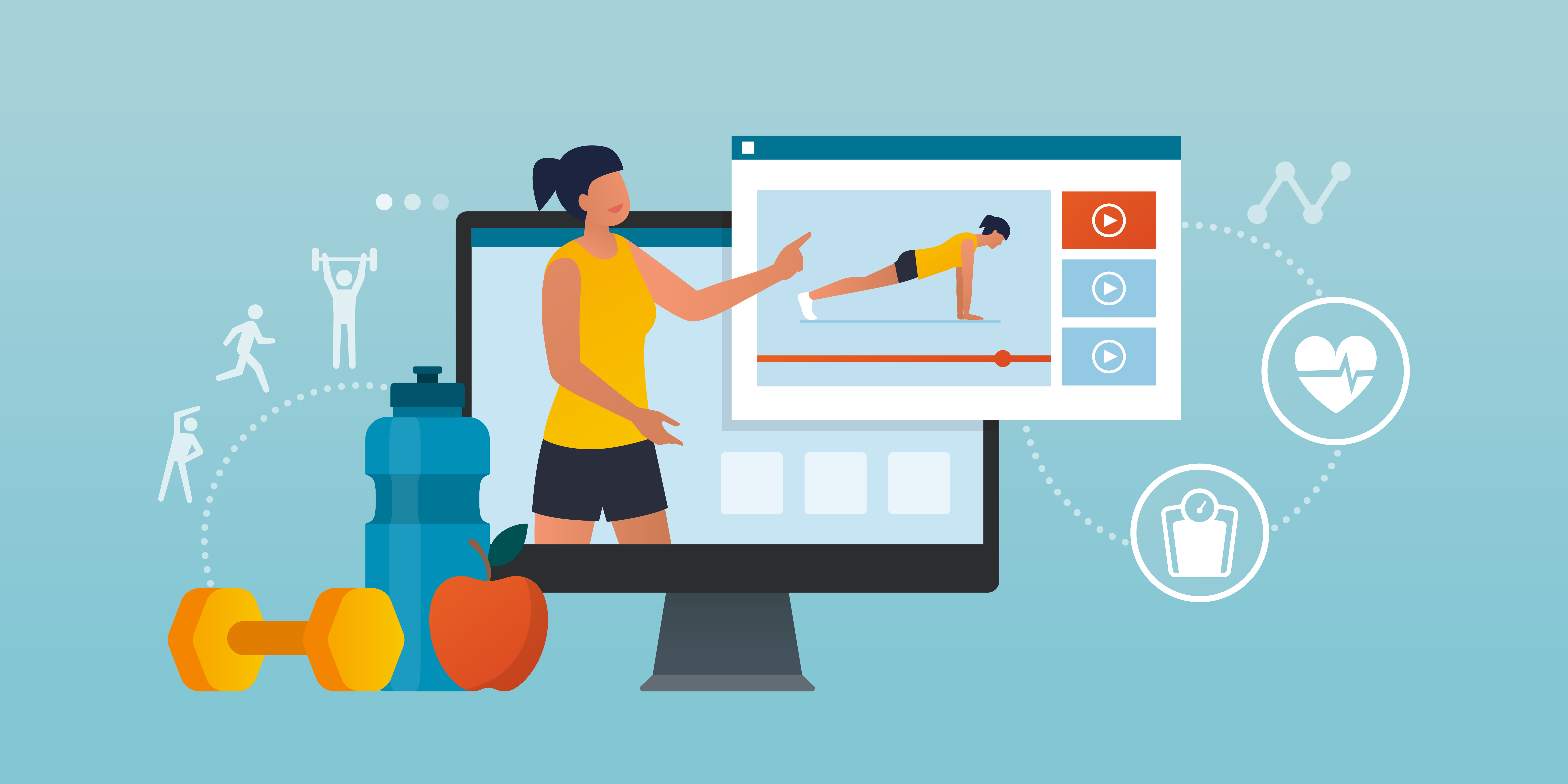Setting Up An Online Coaching Business: A Practical Guide for Personal Trainers
The fitness industry has evolved rapidly in recent years, and online coaching is now a thriving space full of opportunity. Whether you're looking to expand your reach, create more flexibility in your schedule, or build a scalable business model, moving online can be a game-changer. But it’s not as simple as just posting workouts on Instagram or launching a website. To succeed, you need a clear plan, the right tools, and realistic expectations.
Start with a Clear Offer
Before you dive into tech platforms and branding, get crystal clear on what you're offering. Are you providing personalised training plans, group coaching, nutrition support, accountability check-ins or a combination of these? Define your niche and ideal client. The more specific you are, the easier it will be to attract the right people and stand out in a crowded market.
Think about how your online service differs from your in-person sessions. Will clients get video demonstrations, weekly feedback, or access to a private community? It’s tempting to throw everything you can think of into a package but it’s important to consider what your target audience actually want, and need, to get the results they’re after. Extra features they don’t want can act as a deterrent to potential clients as well as causing you unnecessary work and stress.
Clarity here will help you build a structured and valuable programme which is easy to market and sell.

Choose the Right Tools
You don’t need to invest in expensive software straight away. Start with simple, reliable tools that suit your needs:
- Programming & Client Management: Google sheets can do a great job while you are trialling things and starting out but require extra work on your side if you want to include things like video demonstrations. This is fine if you have the time and are happy to create them but if not you might want to consider an app with an inbuilt video library or there may be other functionality that you feel is essential. Apps like Trainerize, TrueCoach, or Everfit allow you to deliver workouts, track progress, and communicate with clients.
- Payments & Scheduling: Platforms like Go Cardless, Stripe or PayPal allow you to handle payments easily. If your service includes any online face to face elements then you may want to consider a simple booking system. If it’s one to one then you won’t need loads of complicated options so look for something simple and cheap.
- Content Delivery: Google Drive, Dropbox, or Notion are great for sharing PDFs, videos, and resources if you don’t want to go for an app and have files too big for email.
- Community Building: Private Facebook groups, WhatsApp chats, or Slack channels can help foster connection and accountability. Bear in mind that building a community takes time and effort, particularly online, and, depending on your client base, may not be something that is relevant for your business.
When it comes to tech and software, start with cheap or free options whilst you trial things out. Once you are using them you’ll be able to identify what is missing and the limitations you can’t live with. From there choose tools that feel intuitive to you and are easy for clients to use. You can always change things as your business matures.
Common Mistakes to Avoid
Many personal trainers jump into online coaching without a clear structure, which can lead to frustration and burnout. Here are a few common mistakes to watch out for:
- Trying to do too much at once: Focus on one core offer that is designed for the audience you want to target. Don’t overcomplicate things, keep it as simple as you can for both you and your clients.
- Undervaluing your time: Just because it’s online doesn’t mean it should be cheap. Price your services based on the value and support you provide.
- Lack of onboarding: Clients need guidance on how to use your systems and appropriate expectations. Create a simple onboarding process with welcome emails, tutorials, and checklists in formats that are right for you and your audience.
- Neglecting communication: Online clients can feel disconnected if you’re not proactive. Schedule regular check-ins and be responsive to messages.
- Aiming for perfection: Don’t wait until you have ‘everything’ in place to start. Trial things out with real people as soon as you can and tweak from there.
Avoiding these pitfalls will help you build a more professional and sustainable business from the start.

Set Realistic Expectations
It’s easy to get swept up in the idea of passive income and global reach, but online coaching still requires time, effort, and consistency. Building trust and results online takes longer than in-person, especially without face-to-face interaction.
Expect to spend time creating content, answering messages, updating programmes, and managing admin. You won’t fill your client roster overnight, and that’s okay. Focus on delivering excellent service to a few clients first word of mouth and referrals will follow.
Also, be prepared for trial and error. Your first programme might need tweaking. Your systems might feel clunky at first. That’s all part of the process. The key is to stay adaptable and keep learning.
Importantly, if you are going all in on online coaching, consider how it impacts your day-to-day life. There is a massive difference between coaching in person and coaching online. It’s easy to compare the theoretical positives of online coaching to any negatives you’re experiencing of in person coaching and overlook the negatives of working online. Online jobs are ‘desk jobs’ and tend to have less meaningful interactions than in person roles. Have a think about how the change in logistics will impact your lifestyle and wellbeing and plan accordingly.
Final Thoughts
Setting up an online coaching business can open incredible opportunities for personal trainers but it’s not a shortcut to success. With a clear offer, the right tools, and a realistic mindset, you can build a business that supports your lifestyle and helps more people reach their goals.
Start small, stay consistent, and don’t be afraid to ask for help or invest in support when you need it. The online space is full of potential you just need to build it in a way that works for you.
LTB Members can find more detailed information in the Online Coaching: Set Up and Marketing and Online Kickstart courses or let us know if you want more personalised support.
New to LTB? access a free trial (new members only) here.
